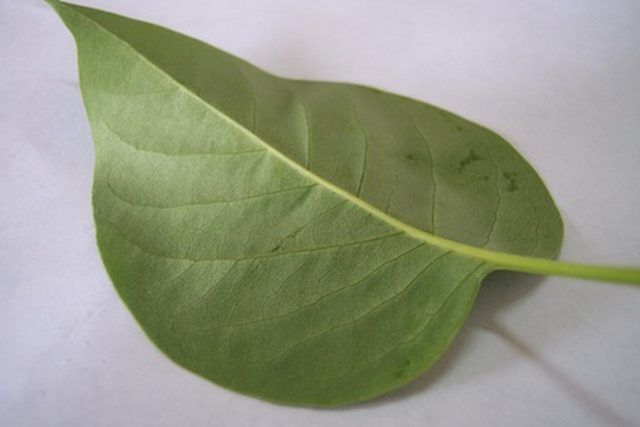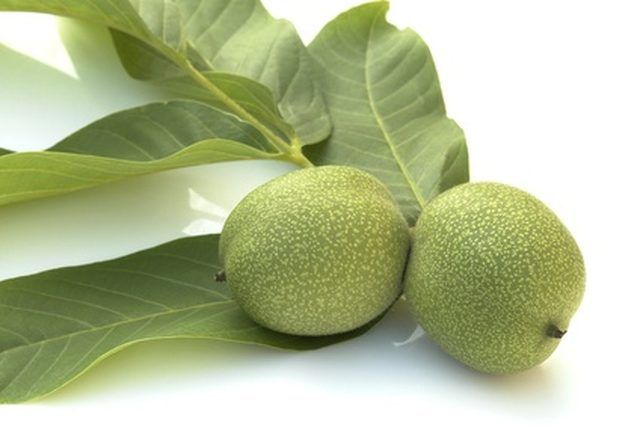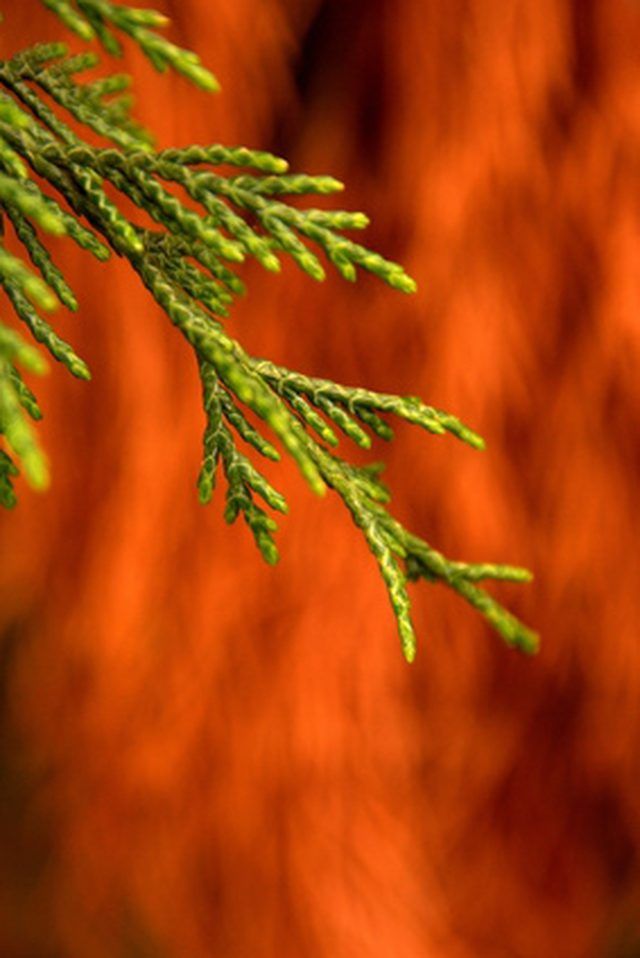Bulbs
Flower Basics
Flower Beds & Specialty Gardens
Flower Garden
Garden Furniture
Garden Gnomes
Garden Seeds
Garden Sheds
Garden Statues
Garden Tools & Supplies
Gardening Basics
Green & Organic
Groundcovers & Vines
Growing Annuals
Growing Basil
Growing Beans
Growing Berries
Growing Blueberries
Growing Cactus
Growing Corn
Growing Cotton
Growing Edibles
Growing Flowers
Growing Garlic
Growing Grapes
Growing Grass
Growing Herbs
Growing Jasmine
Growing Mint
Growing Mushrooms
Orchids
Growing Peanuts
Growing Perennials
Growing Plants
Growing Rosemary
Growing Roses
Growing Strawberries
Growing Sunflowers
Growing Thyme
Growing Tomatoes
Growing Tulips
Growing Vegetables
Herb Basics
Herb Garden
Indoor Growing
Landscaping Basics
Landscaping Patios
Landscaping Plants
Landscaping Shrubs
Landscaping Trees
Landscaping Walks & Pathways
Lawn Basics
Lawn Maintenance
Lawn Mowers
Lawn Ornaments
Lawn Planting
Lawn Tools
Outdoor Growing
Overall Landscape Planning
Pests, Weeds & Problems
Plant Basics
Rock Garden
Rose Garden
Shrubs
Soil
Specialty Gardens
Trees
Vegetable Garden
Yard Maintenance
Leaf Type Identification
Leaf Type Identification. Each tree, shrub and other plant specimen bears uniquely styled leaves. In addition, variations of leaf forms exist within the cultivars of different tree species. Leaf types provide one way of differentiating between the varying appearances of leaves found in nature. Familiarity with trees' foliage can help you identify...

Each tree, shrub and other plant specimen bears uniquely styled leaves. In addition, variations of leaf forms exist within the cultivars of different tree species. Leaf types provide one way of differentiating between the varying appearances of leaves found in nature. Familiarity with trees' foliage can help you identify them more easily.
Simple
The appearance of a single, continuous blade shape denotes the simple leaf type--one that is not divided into units. One main artery runs up the center of the blade. Simple leaves develop in a wide range of shapes, including ovate, elliptical, cordate or oblong. Redbud, dogwood, elm and aspen all bear simple leaves.

Lobed Simple
At first glance, the shape of lobed simple leaves calls to mind compound leaves. However, unlike compound leaves, the blades do not separate completely from one another. The lobes may appear as distinct leaflets at the top, but towards the bottom, they meld into one another, creating a unified blade shape. Maple, oaks and sycamores all have lobed simple leaves.
Compound
While compound leaves further divide into categories, they share several common features. According to Clemson University Extension, compound leaves produce three or more leaflets attached to a common stalk. The way the leaflets are arranged on that common stalk determines a further differentiation in types of compound leaves.
Palmate Compound
A palmate compound leaf refers to the way the leaflets branch out from a center point on the stem. Palmate reflects fingers fanning out from the palm of a hand. According to Missouri State University, the Ohio buckeye tree has palmate compound leaves with five leaflets.
Pinnate Compound
According to the University of Ohio, a pinnate compound leaf produces leaflets on both sides of the leaf stem. Pinnate compound leaves can bear either an odd or an even number of leaflets. In the case of an odd number, a terminal leaflet appears at the very top center point of the leaf; for even numbers, no such terminal leaf exists. The walnut tree, writes Missouri State University, has an even number of pinnate compound leaves and therefore no terminal end leaflet. The green ash tree provides an example of a pinnate compound leaf with an odd number of leaflets--usually five or seven.

Needle
Many evergreen conifer trees bear needles instead of the broadleaf foliage of deciduous trees. These slender needles fan out from the branches of conifers and vary in length, depending on the type of tree. The Scotch pine has long needles.
Scale
Instead of needles, some conifers produce scale-like foliage. According to Ohio State University, the foliage consists of a small or appressed leaf or bract. Junipers, such as the Hetz columnar juniper, have these scale-like leaves
